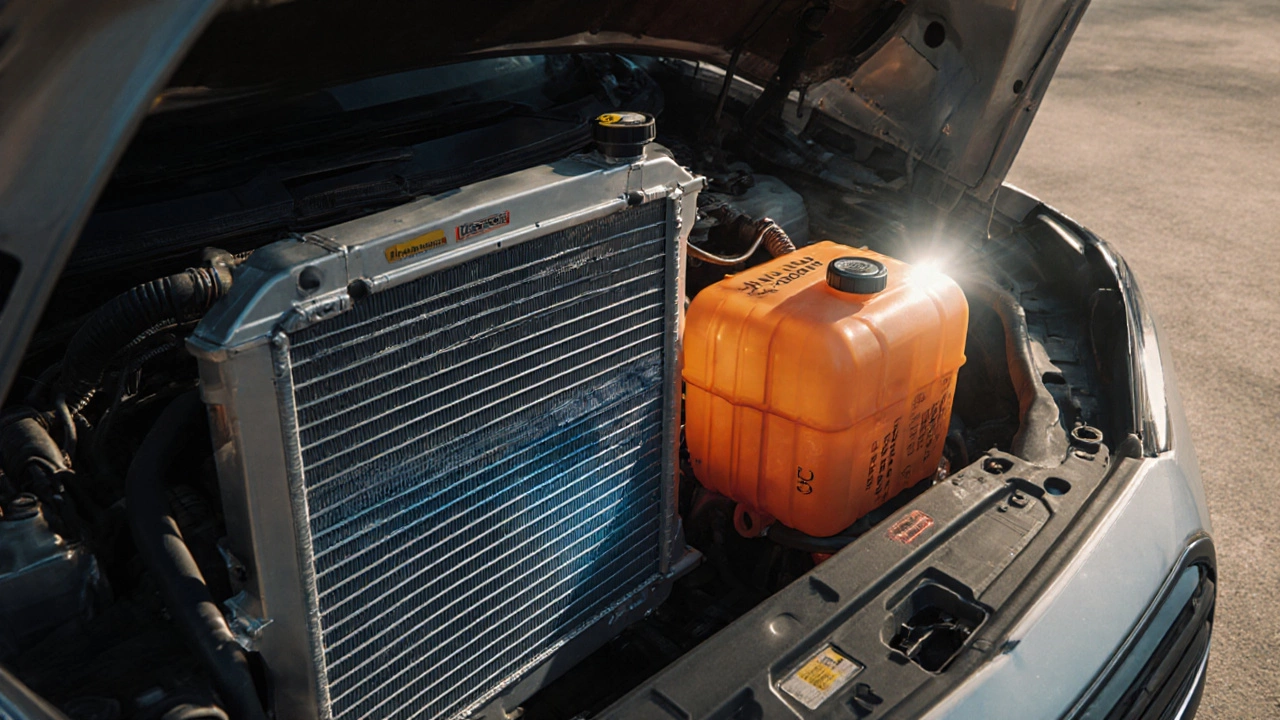Car Heating Problems? Here’s What Actually Goes Wrong and How to Fix It
When your car heating, the system that warms the cabin using engine heat. Also known as cabin heater, it works by routing hot coolant through a small radiator called the heater core stops working, it’s not just uncomfortable—it’s a sign something deeper is wrong. Most people think a broken heater means a blown fuse or a faulty dial, but the real culprits are usually hidden in the engine bay or under the dashboard. If your car’s heat is weak, inconsistent, or gone entirely, it’s often because of a failing heater core, a small radiator inside the dashboard that transfers engine heat to cabin air, a clogged coolant system, the closed loop that circulates fluid to cool the engine and power the heater, or a stuck thermostat, a valve that controls coolant flow to the engine and heater. These aren’t random failures—they’re predictable wear points, especially in older UK cars exposed to damp, cold winters.
Here’s how it breaks down: Your engine gets hot, coolant flows through the radiator to cool it down, but a portion of that hot coolant also gets sent to the heater core. A fan then blows air over the heater core and into your cabin. If the coolant level is low—maybe from a slow leak in a hose or the radiator—the heater core doesn’t get enough hot fluid. If the thermostat sticks closed, the engine never reaches operating temperature, so no heat gets made. If the heater core itself rusts or clogs with old coolant sludge, it can’t transfer heat even if the engine is hot. And if the blend door motor (which controls air direction) fails, you might get cold air even when the dial says ‘hot’. These problems often show up together. A coolant leak that’s slowly eating away at your radiator? That’s the same leak that’s starving your heater core. A thermostat that’s been sticking for months? That’s why your engine runs hotter than normal and your heater feels weak in winter.
You don’t need a garage to spot the early signs. Check your coolant level when the engine is cold—if it’s below the minimum mark, you’ve got a leak. Look under the car for puddles of green, orange, or red fluid. Smell sweet, syrupy steam inside the cabin? That’s coolant leaking into the air through a cracked heater core. Foggy windows that won’t clear, even on max heat? That’s moisture from coolant vapor. And if your temperature gauge runs higher than usual, your thermostat might be stuck. These aren’t just ‘inconveniences’—they’re warnings. A failing heater core can flood your floorboards with coolant, ruin your carpets, and even cause engine overheating if coolant loss isn’t caught. Replacing a thermostat costs under £50. Fixing a heater core? That’s a full day’s job, often over £500. The difference is spotting the problem early.
The posts below give you the exact steps to test your heater core, check coolant flow, diagnose thermostat issues, and spot leaks before they turn into expensive repairs. You’ll find real-world advice from UK drivers who’ve been there—no theory, no fluff, just what works on the road. Whether your car’s 5 years old or 15, you’ll know exactly what to look for, what to ignore, and when to call a mechanic. Don’t wait until you’re stuck in the cold with no heat. Fix it now, before it fixes you.

How to Check Your Radiators - Simple Steps for Car Owners
Learn how to inspect your car's radiator with a simple step‑by‑step guide, tools list, common issues, and troubleshooting tips to avoid overheating.
October 9 2025